IoT for Wineries: Cellular Connectivity Drives Growth and Efficiency
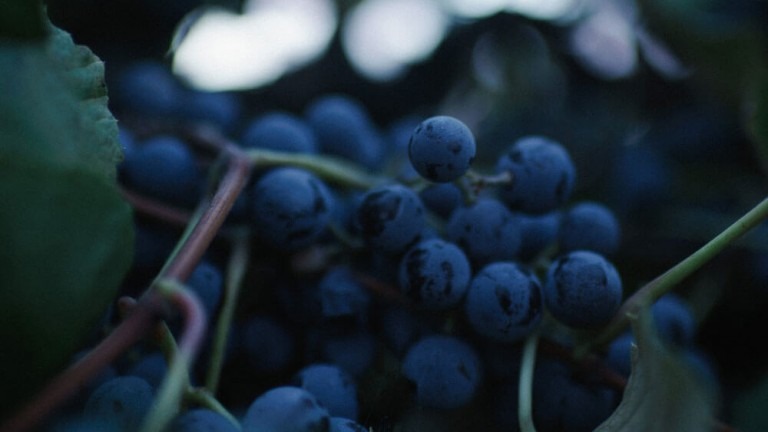
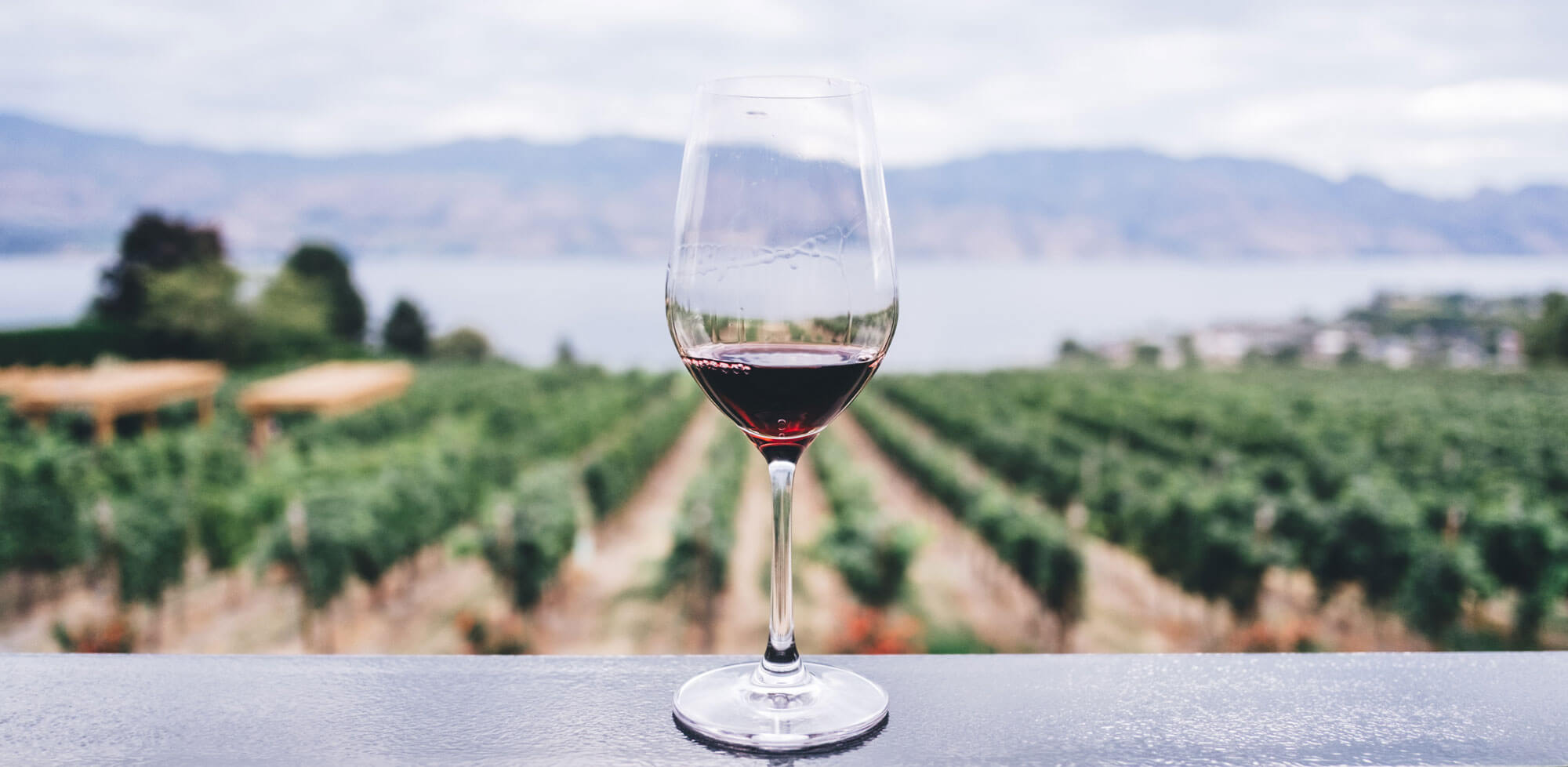
As consumers, we know what a good bottle of wine means to us: connection, family, celebration, and engagement with a tradition that stretches across borders, cultures, and thousands of years.
We’re often less aware of the extraordinary labor, knowledge, and craft that goes into bringing that bottle to our table. From poor growing seasons to ravaging diseases to disruptions in the supply chain, winemakers are constantly keeping watch and adjusting to preserve the quality of their products and their hard-earned reputations.
Forward-looking wineries have now found a new ally in the struggle for quality: IoT systems, enabled by secure cellular connectivity that can reliably connect sensor networks to the cloud across acres of vineyard and miles of supply chain.
From vine to table, secure cellular connectivity is now helping winemakers to achieve more successful harvests, better control production, and ensure ideal quality during transit and storage.
IoT Sensors Save Winemakers Time and Money
Winemakers and farmers face similar uncertainties when it comes to their craft. Producers and consumers both know that bad grapes don’t make good wine, and the industry has a deep understanding of the unique qualities that each growing region offers.
Since each region and vintage is known for specific qualities, ensuring consistent vintages requires careful management of every factor that might influence growth, harvesting, fermentation and storage. Even when grapes are properly grown and fermented, improper storage of the wine can degrade or even ruin the end product, potentially resulting in the loss of an entire season.
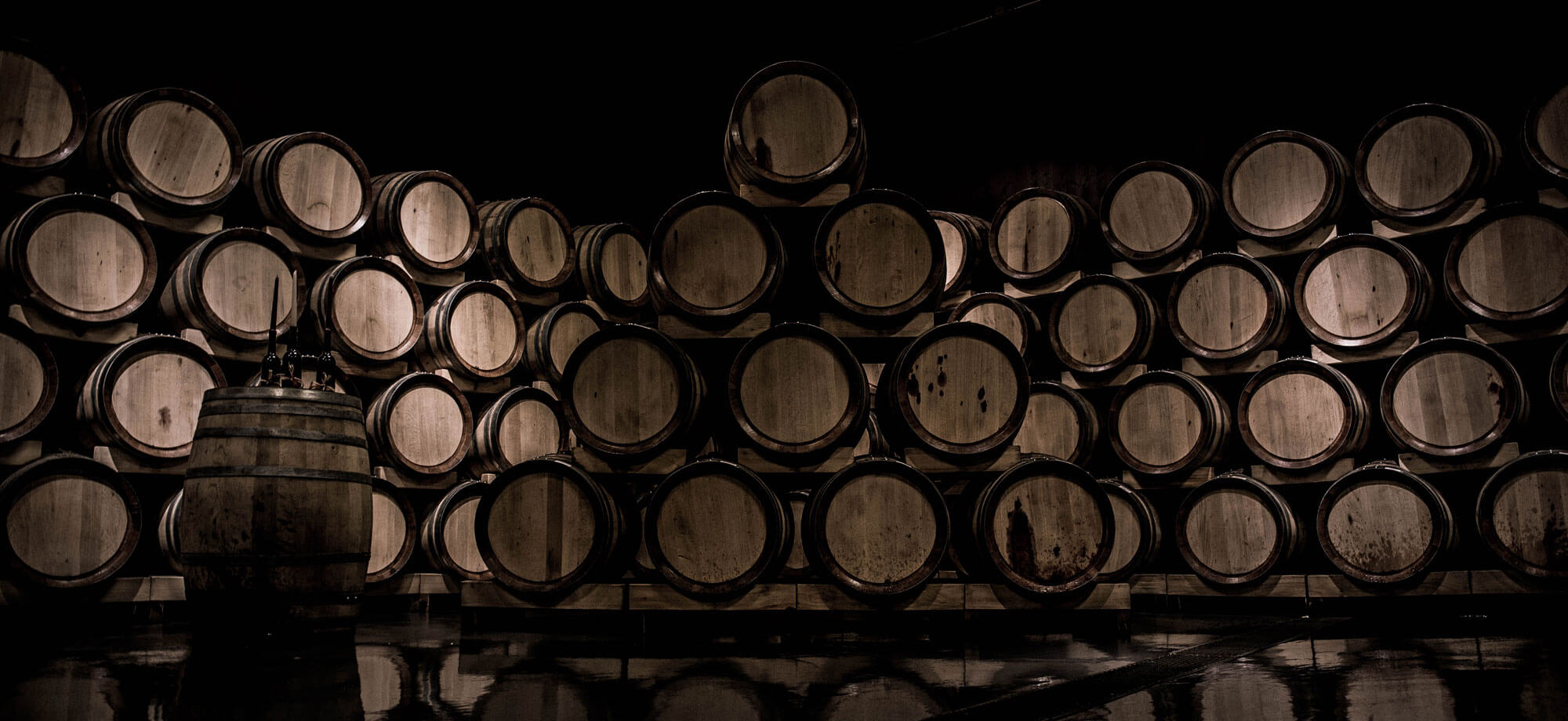
A new generation of IoT systems now allows winemakers to keep track of their products with advanced sensors built specifically for agriculture. These cloud-connected sensors can give growers improved control over the factors that matter most when it comes to creating great wine. And given the wide areas and often remote locations best suited to growing, short-range solutions like Wi-Fi and Bluetooth can’t be relied on to get the job done.
As in other precision agricultural systems, cloud-connected sensors can track soil conditions, sunlight, humidity and precipitation to let winemakers track growing conditions by the hour. Specialized analytics allow growers to adjust irrigation and fertilization in response to the environment and ensure the right balance of sugar, tannins, and overall flavor in every harvest.
Historic Canadian Vineyard Innovates with IoT
One historic vineyard located in St Catherines, Ontario is demonstrating how IoT technology can help even the most traditional wineries stay one step ahead in Canada’s competitive $9-billion-a-year wine industry.
Established in 1794, the family-owned Henry of Pelham winery has long relied on weather stations to monitor the growing conditions. However, its 21st-century managers found that three weather stations couldn’t adequately cover their 300 acres of land. Plus, these systems were expensive to operate, especially during favorable weather conditions when they weren’t necessary.
To improve the accuracy of their soil data, the Canadian vineyard left tradition behind and installed a network of smart sensors across their acreage. Unlike weather stations, these IoT-connected sensors are precise, scalable and cost-effective. Depending on the season, the number of active sensors can be increased or decreased to match demand. Plus, they cover much wider territory than three weather stations, deliver more granular data, and can be easily replaced or relocated as conditions require.
Each solar-powered sensor uploads data every five minutes for easy online or mobile review. Time that vintners would have once been spent performing manual field inspections can now be devoted to analyzing findings and determining the right measures to apply as grapes grow and the precise moment to harvest every vine.
The benefits are evident not only in more consistent harvests but in measurable cost savings. Henry of Pelham’s investment in IoT has significantly reduced operational, maintenance and upkeep costs.
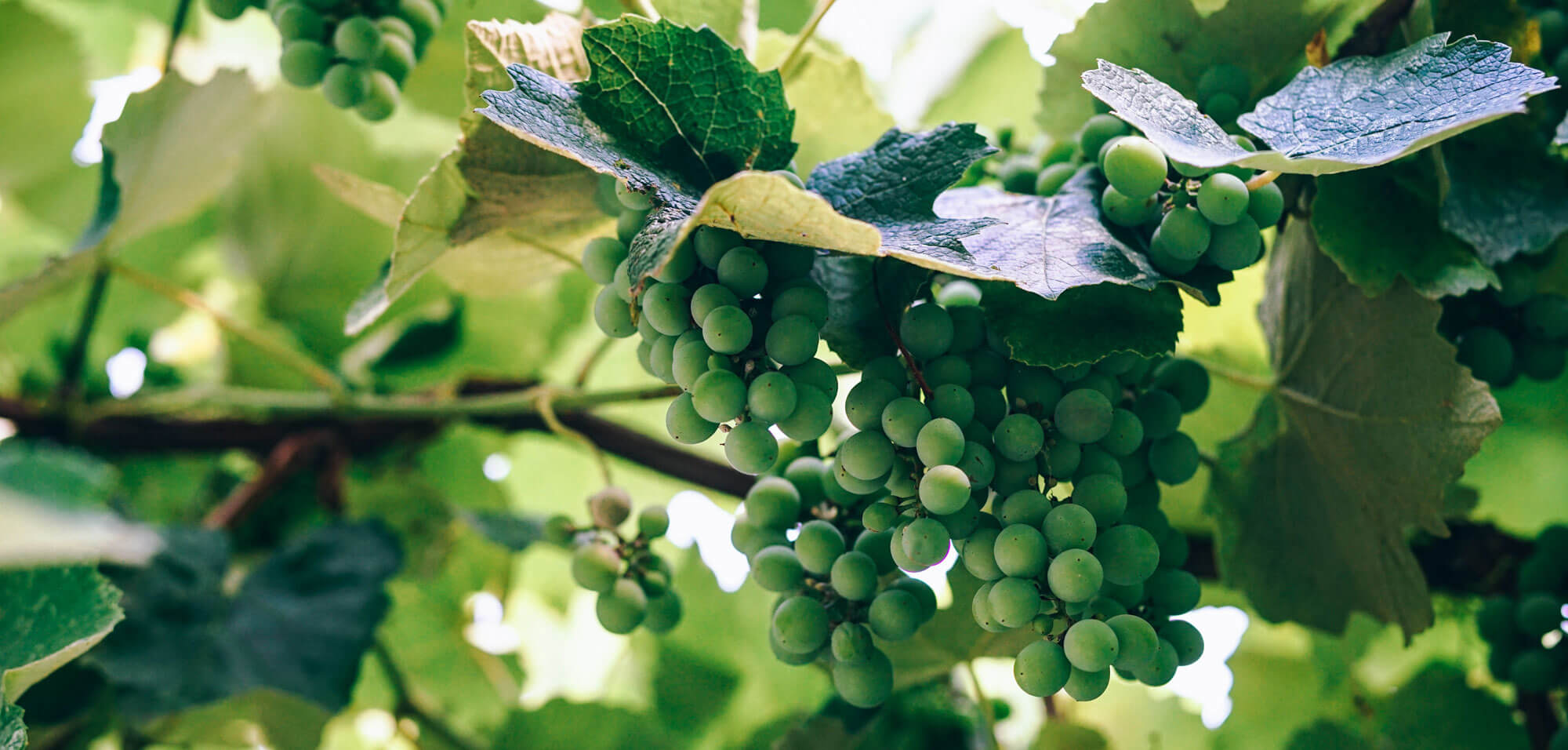
Pago Aylés Winery: Powered by IoT Technology
One of the top vineyards in Spain is also using IoT technology to more fully understand each element of their vineyard, including grape growth, potential pests and biological cycles.
Pago Aylés Winery recently installed over 100 smart sensors measuring 25 unique growing parameters, including temperature, rainfall, windspeed, sunlight and much more.
Once the data is gathered, it is sent to the cloud using the cellular data network, where it can be analyzed by winemakers. By comparing the findings to other days — and other wineries — this Zaragoza vineyard can better understand the effect that each unique parameter has on their final product.
In its first year of deployment, Pago Aylés expects to see a 25% increase in quality and a significant reduction in costs associated with information management. This premium vineyard is also experimenting with predictive analytics, modelling the trends and patterns that could predetermine quality, production and more.
IoT-Driven ISTMOS Protects the World’s Wine
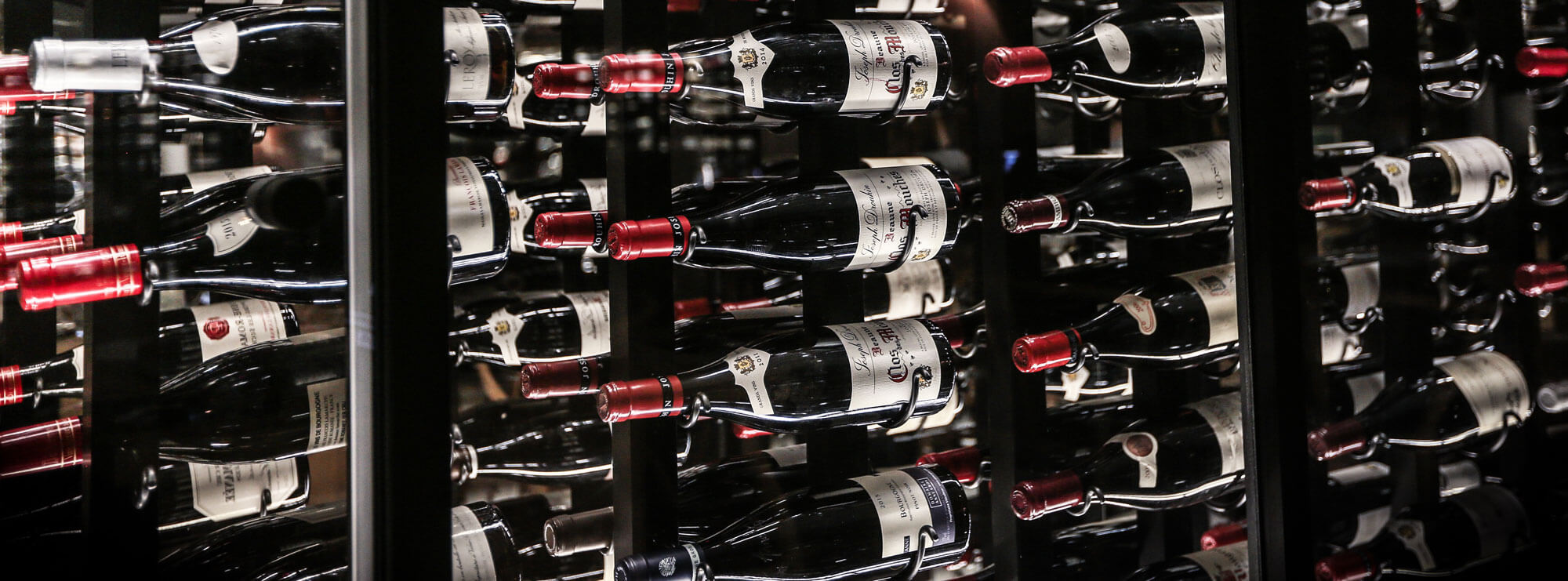
Of course, the battle for quality doesn’t end when wine goes into the cask. Greek start-up ISTMOS was developed to precisely track each unit of wine, from the vineyard to its final arrival at a distributor, retail store or restaurant. This includes monitoring crucial elements that can make or break a batch of wine, including temperature, humidity, and lighting.
Whenever conditions deviate from required tolerances, users immediately receive an automated alert so that they can resolve problems quickly and prevent potential loss or breakage.
By giving winemakers visibility into conditions throughout the supply chain and the ability to take action in real time, ISTMOS ensures that each bottle arrives at the table just as it left the vineyard.
Given that the supply chain crosses vast distances and crosses international borders, this ambitious project required a reliable, affordable, and fully global solution for connectivity. Soracom cellular connectivity proved to be the optimal choice, as it allowed ISTMOS to monitor the winery supply chain system securely from anywhere in the world.
Boost Wine Production with Soracom Cellular Connectivity
When it comes to IoT cellular connectivity, there’s no better choice than Soracom.
We’re the trusted partner of over 10,000 businesses that are harnessing the power of IoT technology to improve productivity and reduce costs.
Our SORACOM AIR SIM cards can be used in over 120 countries, allowing wineries and other businesses around the world to innovate with our award-winning IoT solutions. Plus, we offer pay-as-you-go pricing with device usage aggregated across all devices, ensuring users only pay for the data that they need.
Some IoT projects are powered by hundreds of thousands of sensors collecting data simultaneously. We make it easy to run your IoT systems with our intuitive APIs and web console, removing the need for you to manually manage your devices.
Soracom understands that what it takes to build a winning IoT project. That’s why we work to find ways that you can cut unnecessary costs, including performing device encryption through the cloud.
Plus, we help you to get your data from your sensors to the cloud on our private connection, allowing you to securely transfer data without exposing your devices to the Internet, and eliminating the worry of being hacked by external forces.
Request a demo today and learn how Soracom can help you bring your IoT dreams to reality.






